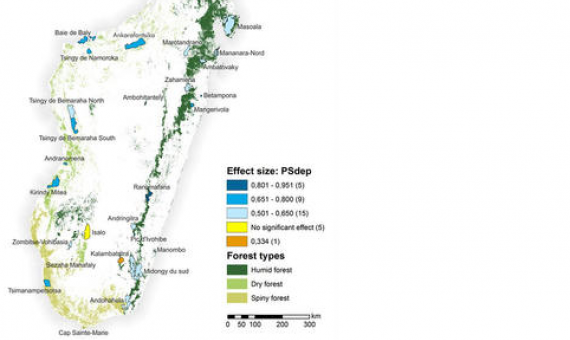Although the biodiversity crisis is intimately linked to the climate one, the financing to address it is woefully inadequate.
Designating land as a protected area (PA) reduces, but does not stop, deforestation, according to a recent study that found rates of deforestation are only 41% lower in PAs compared to non-PAs.
The Aichi Biodiversity Targets are an ambitious set of global goals aimed at protecting and conserving global biodiversity.
We believe that countries must take into account lessons from the failure to meet the Aichi targets; the greatest being failure to allocate resources to stop degradation of ecosystems and fight climate change.
Action plan for PoWPA (Program of Work for Protected Areas) and Target 11
Under the Convention on Biological Diversity (CBD) - member countries are implementing the PoWPA. This is FSM's Action Plan for PoWPA and Target 11. Target 11 is a contribution towards ensuring that ecosystems, species and genetic diversity are safeguarded in both the land and seascape by ensuring that key habitats are protected and that species migration and movement can occur. Protected areas are a cornerstone of 5 conservation actions and as such are one of the main tools at a country’s disposal to reduce habitat loss.
National Biodiversity Strategy and Action Plan
This dataset hosts all NBSAP(s) of Kiribati
Global trends in protected area connectivity from 2010 to 2018
Connectivity of protected areas (PAs) is needed to ensure the long-term persistence of biodiversity and ecosystem service delivery. The Convention on Biological Diversity agreed in 2010 to have 17% of land covered by wellconnected PA systems by 2020 (Aichi Target 11). We here globally assess, for all countries, the trends in terrestrial PA connectivity every other year from 2010 to 2018 using the ProtConn indicator, which quantifies how well the PA systems are designed to support connectivity.
Mainstreaming biodiversity: A review of national strategies
Biodiversity is suffering dramatic declines across the globe, threatening the ability of ecosystems to provide the services on which humanity depends. Mainstreaming biodiversity into the plans, strategies and policies of different economic sectors is key to reversing these declines. The importance of this mainstreaming is recognized by the Convention on Biological Diversity (CBD) and its Aichi targets.
The note suggests that UNFF 14 emphasize the importance of enhancing synergies and collaboration in advancing coherent implementation and achievement of the UN Strategic Plan for Forests, the Paris Agreement on climate change, the Aichi Biodiversity Targets, voluntary national contributions and N












